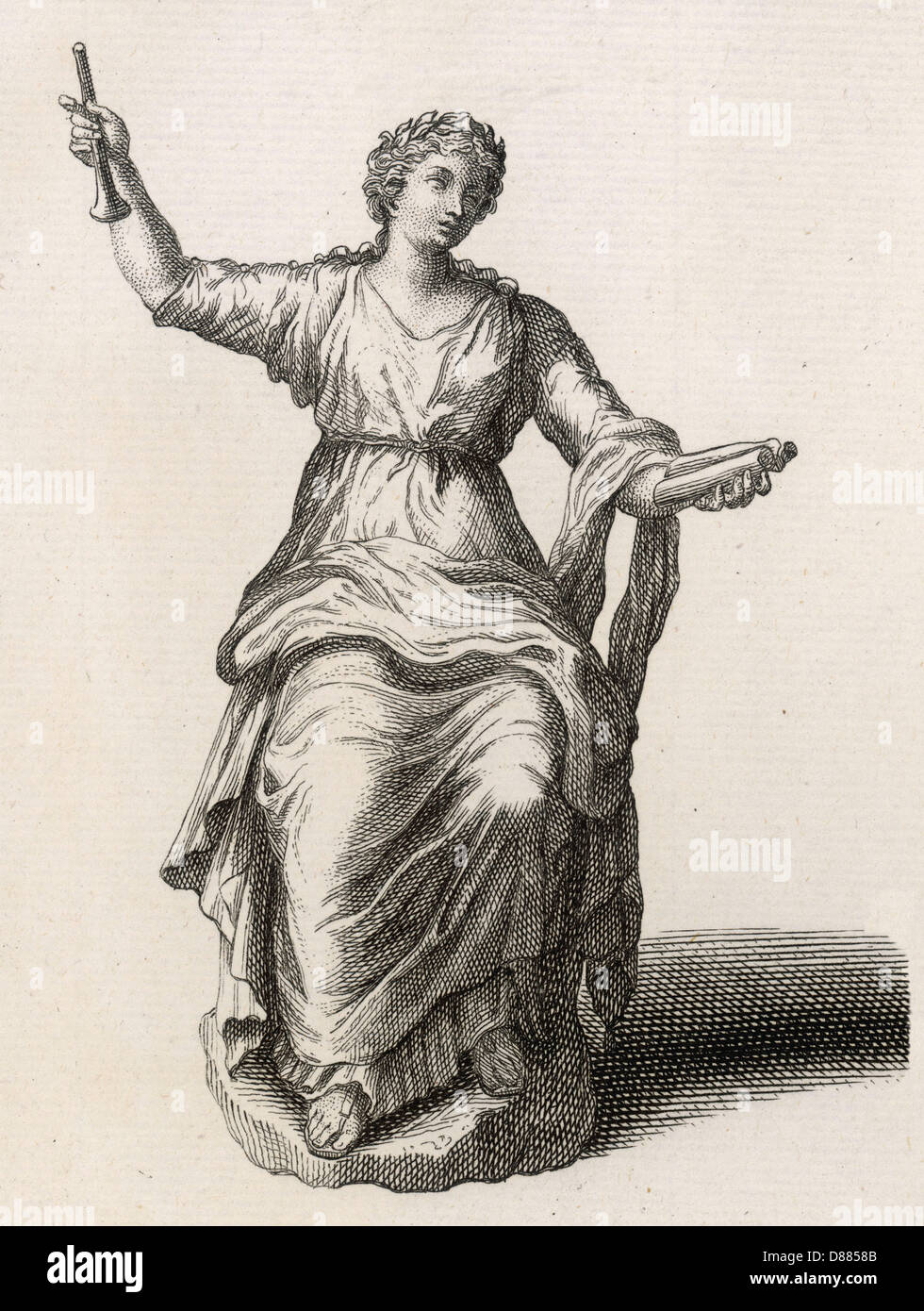
The whistles of a calliope are tuned to a chromatic scale, although this process is difficult and must be repeated often to maintain quality sound.

Some calliopes can also be played via a MIDI interface. Some instruments have both a keyboard and a mechanism for automated operation, others only one or the other. Mechanical operation may be by a drum similar to a music box drum, or by a roll similar to that of a player piano. This was in part to resist the heat and moisture of the steam, but also for the golden shine of the highly polished keys.Ĭalliopes can be played by a player at a keyboard or mechanically. Steam instruments often had keyboards made from brass. Other circus calliopes were self-contained, mounted on a carved, painted and gilded wagon pulled by horses, but the presence of other steam boilers in the circus meant that fuel and expertise to run the boiler were readily available. The traction engine could also supply electric power for lighting, and tow the calliope in the circus parade, where it traditionally came last. Circus calliopes were sometimes installed in steam-driven carousels, or supplied with steam from a traction engine. Riverboats supplied steam from their propulsion boilers. In both cases, a steam supply was readily available for other purposes. In the age of steam, the steam calliope was particularly used on riverboats and in circuses. The air-driven calliope is sometimes called a calliaphone, the name given to it by Norman Baker, but the "Calliaphone" name is registered by the Miner Company for instruments produced under the Tangley name. The steam calliope is also known as a steam organ ( orgue à vapeur in Quebec) or steam piano ( piano à vapeur in Quebec). Musically, the only expression possible is the pitch, rhythm, and duration of the notes. There is no way to vary tone or loudness. Even some small calliopes are audible for miles. The name Calliope or Kalliopi is still used in Greece and it is a common name for Greek women.Problems playing this file? See media help.Ī calliope (see below for pronunciation) is an American and Canadian musical instrument that produces sound by sending a gas, originally steam or, more recently, compressed air, through large whistles-originally locomotive whistles.Ī calliope is typically very loud.

It is a loud instrument that produces its sound with compressed air that passes through large whistles.Ĭalliope was supposedly God’s Apollo lover, with whom she had two children, while other myths suggest that she was involved with Ares or other Gods. There is also a musical instrument named Calliope, named after this muse. In some cases, you might also see her holding a lyre, but the muse of music was Euterpe.

In ancient Greece, and most specifically in the classical times, the muses were assigned particular characteristics and artistic abilities.Ĭalliope was named the muse of epic and lyric poetry, this is why she is usually portrayed holding a stylus and a scroll, or a tablet. This made some people think that Calliope was actually Homer’s mother.Ĭalliope was the eldest of the muses and she was mother of Orpheus, the lyric poet and bard of Greek Mythology, who fell in love with Eurydice. Homer starts his Odyssey with a plead to the muse Calliope to inspire him so as to finish his poem successfully. She was also the muse of eloquence, bestowing kings and princes with her gift. The muse CalliopeĬalliope was the muse of lyric writing, of poetry and of epic stories. Calliope was one of the nine muses in Ancient Greece.


 0 kommentar(er)
0 kommentar(er)
